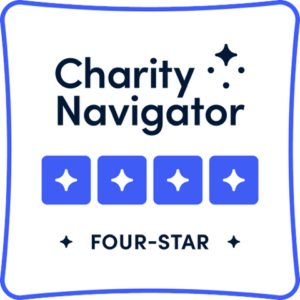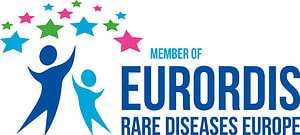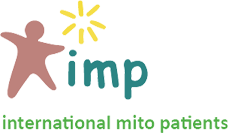If your child participated in Early Educational Services for ages birth to 3, this is the typical time of transitioning from these Early Education Services monitored through the IFSP to more school-based services with an Individual Education Plan (IEPThe skills that need to be taught by an educator or related services professional so that the child's educational needs are met.). However, as noted in the birth to 3 section, your state has the option of allowing children to remain in early education services with an IFSP until kindergarten age, at the state’s discretion. This can only be done with your consent as the parent. These services are covered under Part C Regulations of the Individuals with Disabilities Educational Act and are separate and distinct from the services provided through Part B Regulations of the Individuals with Disabilities Educational Act, which is provided to children ages 3 to 21.
If your child did not need the Early Educational Services (birth to 3) and you are just beginning to inquire about services at the age of 3, then your child will begin services through the Individuals with Disabilities Educational Act, Part B and will begin with an assessment for – and educational diagnosis relevant for – the Individual Education Plan process (IEP).
For the children who received the IDEA Part C coverage and IFSP, you will notice definite differences between IFSP’s and IEP’s. They are covered under different regulations and have their own specific guidelines. It is imperative for parents to understand federal and their own state laws that apply to IEP’s.
Preschool aged children have many adventures ahead of them. When a Mito preschooler enters the education environment, often the following issues occur: Basic milestones of walking , sitting, talking, swallowing, self-feeding, and potty training may have not been attained, and as well possible learning disabilities may have occurred but not been evaluated as of yet.
This will most probably be the first time your preschooler will take tests, being given and evaluated by a multidisciplinary team of professionals. This team may and should minimally include someone able to assess your child’s hearing, vision and general physical condition (a nurse or doctor), a speech/language pathologist and/or a psychologist to administer cognitive/developmental testing for your child, and you as the parent for historical information and current functioning information on your child for things not able to be elicited during the exam. This testing is a must for a child with Mito. This testing will allow educators, physicians, specialists and families to develop the necessary accommodationsChanges that remove the barriers to learning. They can also change how and what the children is expected to learn and know. and modifications for future academic successes, based on your child’s needs. “Other Health Impairment” or “Developmentally Delayed” are two labels often used when qualifying a child for an IEP.
Once a child has been through the assessment team process and has been given an appropriate educational label to receive services, then you, as the parent, must participate in the development of the IEP. You will again meet with a team of professionals to discuss your child. This team, with your input, will write a legally binding document that governs the education your child will receive for a period of up to one school year. The IEP must be redeveloped each and every year your child continues to need special education.
This document will address:
- Eligibility
- Level of educational performance; for preschool children, this is a present description of how the disability impacts the child’s participation in age-appropriate activities
- Accommodations and modifications necessary for your child to participate in the classroom
- Annual, measurable and obtainable goals for your child’s education
- Any supplementary services your child may need (i.e. speech, OT, PT, special transportation)
- Projected dates of all services with frequency, location and duration stated
Many times a school district will present you with an already written IEP that was developed by the school team prior to your meeting. It is important to remember the document brought into the meeting is simply a draft and is able to be edited or changed as appropriate during, and/or after the meeting to become a mutually acceptable document for both you and your child’s school team. It is imperative that parents understand that they are not obligated to sign an IEP without proper time to review it, or if they are in disagreement with its content. Parents have the right to take the draft IEP home, review it, and sign it once they have had the time needed to understand all the information which it contains.
Check with your local state’s special education safeguards and protocol guidelines as to how much time you have to reject or sign your child’s IEP. In most cases you have 10 to 30 days to either sign or reject the content, and if additional time is needed, you also have the right to reconvene the IEP team after the meeting is completed if you feel it is necessary to amend the document after signing at a later date.
Placement and eligibility issues can arise, as there is often confusion as to how and where a child with mitochondrialRelated to the mitochondria. disease will qualify for an IEP. Hopefully, by sharing this information parents and educators will begin to understand the eligibility options for placement of their Mito children. Often “Other Health Impaired (OHI),” or developmental delay, are used for qualifying a child with mitochondrial disease. Not to say that all Mito children will qualify in this manner, as there are other placement eligibility requirements that may qualify your Mito child for an IEP, but learning about qualifications and eligibility requirements is a must for parents, and their Mito children.
Below are additional resources that will be helpful as you plan for the preschool years:.










